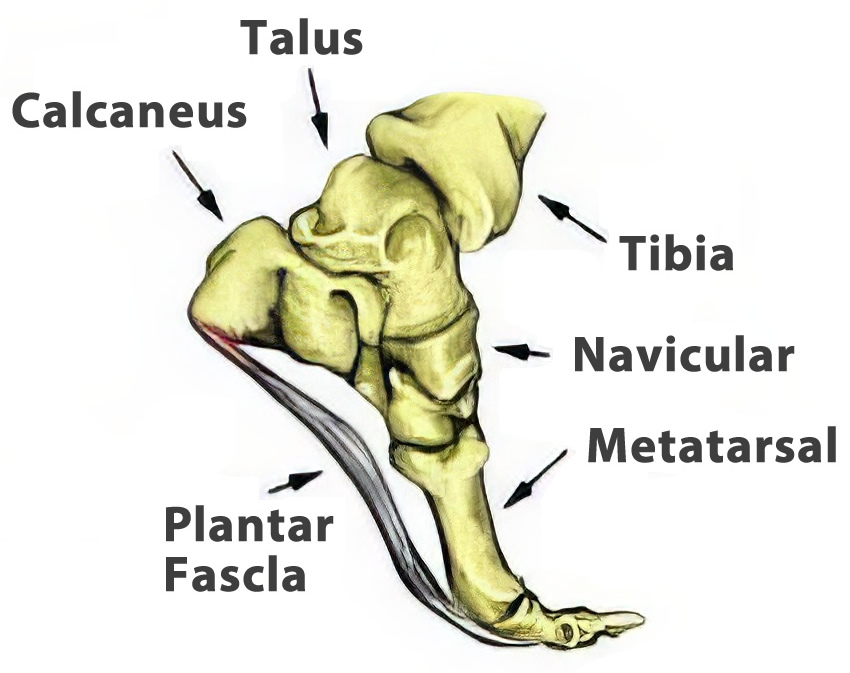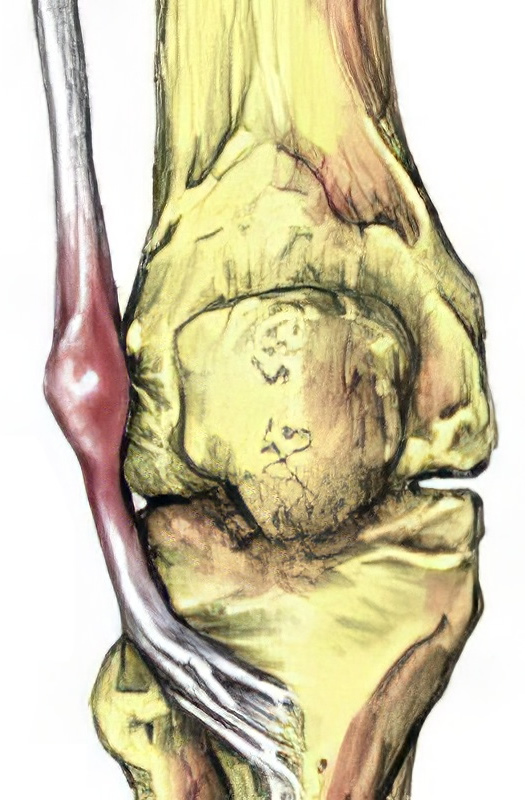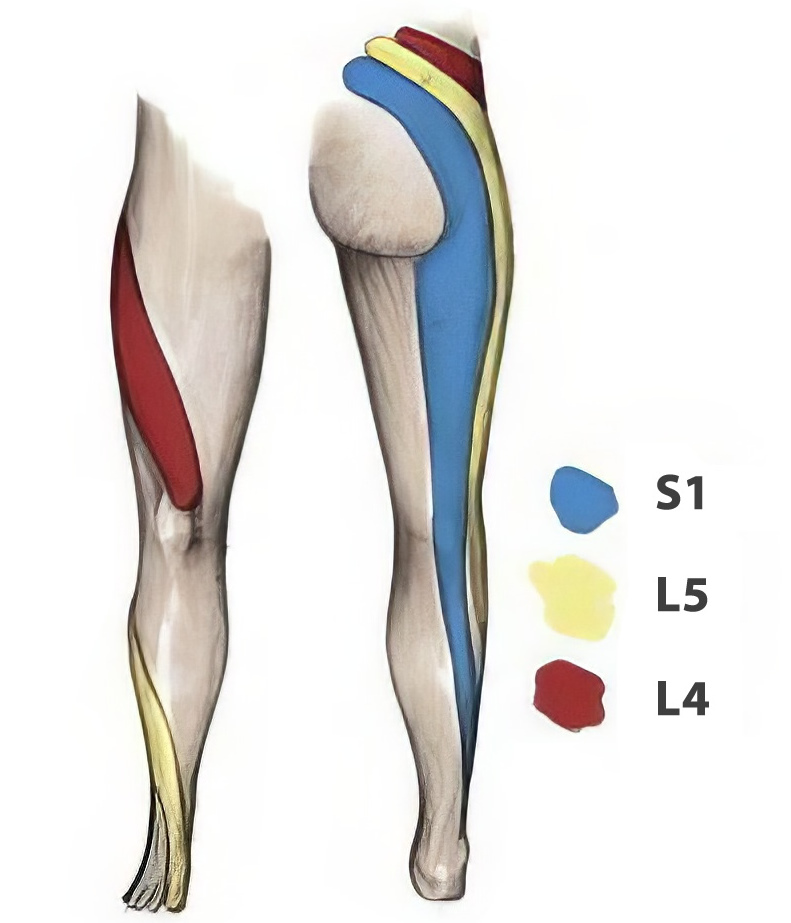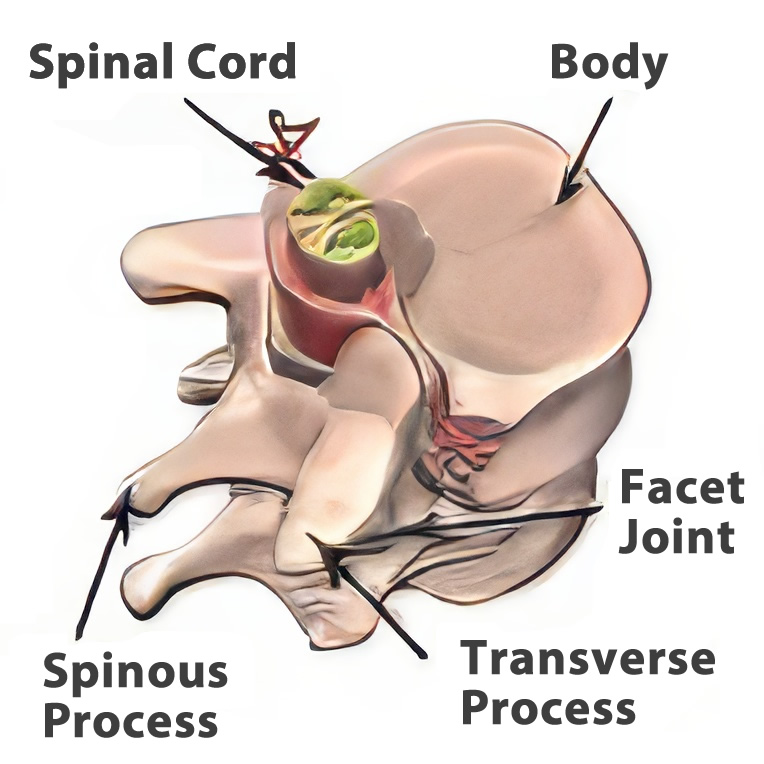Sports and work related Injury
Natural therapy with remedial massage

Sport and remedial massage is a natural therapy which has been in use since the origin of mankind. Remedial massage on specific injuries or a general sports massage will prevent the build up of lactic acid and other toxins which prolong recovery.
Therapy session £35.00
Prevention
Injury prevention is an area where the importance of massage should not be underestimated. Massage is the only treatment that can be applied specifically to help prevent injury, aid posture and forms of stress.

Remedial massage on specific injuries or a general sports massage will prevent the build up of lactic acid and other toxins which prolong recovery.
Common Sports Injuries
Iliotibial Band Syndrome
Iliotibial band syndrome is often referred to by other names, most commonly, runners knee and Iliotibial band friction syndrome, sometimes shortened to ITBS or ITBFS.
Symptoms of Iliotibial Band Syndrome:
- Pain on the outside of the knee (at or around the lateral epicondyle of the femur).
- Tightness in the iliotibial band.
- Pain normally aggravated by running, particularly downhill.
- Pain during flexion or extension of the knee, made worse by pressing in at the side of the knee over the sore part.
- Weakness in hip abduction.
- Tender trigger points in the gluteal area may also be present.
Sciatica
Sciatica is back pain which radiates down into the leg and is caused by pressure on the sciatic nerve. It can be caused by a number of factors although a prolapsed or slipped disc is one of the most common.
Symptoms of Sciatica:
- Acute low back pain (not always present, especially in piriformis syndrome).
- Pain radiating down the leg. This pain may be sharp and accompanied by pins and needles and / or numbness.
- Sciatica pain is often triggered by a minor movement such bending over to pick something up.
- Pain may be worse by sitting, lifting, coughing or sneezing.
- Pain is usually relieved by lying down, often on one side.
- Pain is often better in the morning after a nights rest.
- There may be muscle spasm in the lower back.
- Tenderness in the lower back when pressing in.
- Pain on the straight leg raise test which is not apparent when just stretching the hamstring only.
Facet joint pain
Facet joints exist between the processes of two vertebrae.
This spasm of adjacent muscles is the bodies way of protecting the area and tries to prevent you from moving and incurring more damage. Symptoms can vary greatly and be confused with disc related disorders as its possible for patients to report referred pain into the lower extremities. The traditional facet locking syndrome may lead to such an acute attack but can be resolved successfully by freeing the offending joint and restoring normal function. This should only be attempted by suitably qualified practitioners following the correct diagnosis.
Symptoms of Facet Joint Pain
- Common symptoms associated with this condition are adjacent muscle spasms which can pull the patient out of alignment, leading to a guarded posture.
- Often patients will report “I just bent over to tie my shoe laces and my back went and I couldn’t move”.
- The usual acute attack of back pain involving facet joints occurs suddenly with no warning. It can appear dramatic and patients are in much discomfort and cannot move very well.
Nerve Root Compression
Kyphosis
Stingers and Burners
This is a common condition in American Football and other contact sports, caused by nerve compression from impact to the neck and shoulder area. This can cause a stinging or burning sensation to spread from the shoulder, down the arm, as far as the hand.
Symptoms of Stingers and Burners
- A burning or electric shock sensation from the neck to the hand.
- This occurs after compression or impact to the neck.
- The sensation usually last only seconds or a minute or two.
- On rare occasions the symptoms are much longer lasting.
- A warm feeling is sometimes described in the arm.
- There may be some weakness or numbness after the initial pain has subsided.
Carpal Tunnel Syndrome

Carpal tunnel syndrome is caused by compression of the median nerve in the wrist. The median nerve is one of the nerves which supplies the hand (shown opposite). It passes through the wrist in a narrow channel called the carpal tunnel, along with the flexor digitorum superficialis and flexor pollicis longus tendons.
Plantar Fasciitis

Plantar Fasciitis is a painful condition resulting in pain under the heel. It is often caused by overuse of the plantar fascia or arch tendon of the foot. It is a very common condition and can be difficult to treat if not looked after properly.
RSI – Repetitive Strain Injury
What are the Signs and Symptoms?
- Heel pain, under the heel and usually on the inside, at the origin of the attachment of the fascia.Pain when pressing on the inside of the heel and sometimes along the arch.
- Pain is usually worse first thing in the morning as the fascia tightens up overnight. After a few minutes it eases as the foot gets warmed up
- As the condition becomes more severe the pain can get worse throughout the day if activity continues.
- As the condition becomes more severe the pain can get worse throughout the day if activity continues.
- Stretching the plantar fascia may be painful.
- Sometimes there may also be pain along the outside border of the heel. This may occur due to the offloading the painful side of the heel by walking on the outside border of the foot. It may also be associated with the high impact of landing on the outside of the heel if you have high arched feet.
RSI stands for Repetitive Strain Injury and is usually associated with injuries to the forearm, wrist and hand. However, repetitive strain injuries can occur throughout the body.
RSI is caused by repetitive movements of the wrist or fingers and is an umbrella term for a whole range of conditions, which include:
- Carpal tunnel syndrome
- Tendonitis (various forms)
- Bursitis
- Muscle inflammation
What are the Symptoms of RSI?
RSI is an overuse injury and so symptoms gradually develop and become more severe over a period of time. Initially the symptoms tend to only occur whilst performing the aggravating activity, however with no rest or treatment they will progress, to be present with other activities and then even present at rest. The following symptoms are common:
- Pain
- Dull ache
- Throbbing
- Tingling
- Numbness
- Tightness
We stock:

SALON OPENING TIMES
CONTACT US
*Appointments available outside these hours
on request
Copyright © 2025 – Renaissance Harrogate.
Website by Rankforce Digital – Privacy Policy





![Shot0008[1] Shot0008[1]](https://renaissance-harrogate.co.uk/wp-content/uploads/elementor/thumbs/Shot00081-q0vy494epxvpmkruoodjkfnfows3yheppsq23rb5rg.jpg)